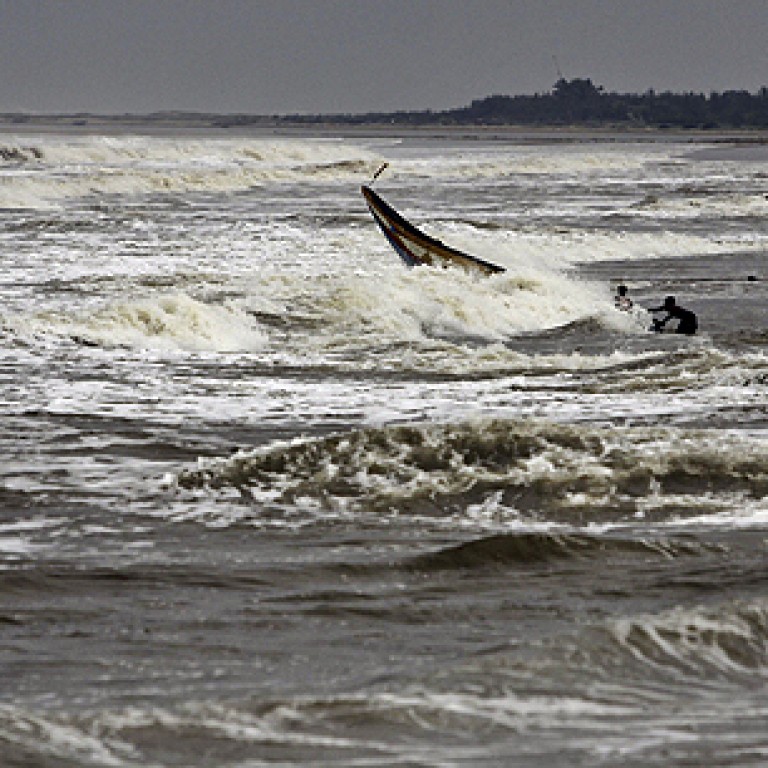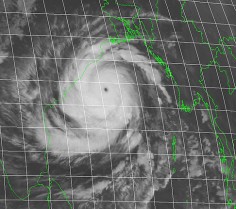
Update | Cyclone Phailin forces evacuation of 550,000 people on India's east coast
Cyclone Phailin was expected to remain a "very severe cyclonic storm" packing winds of up to 210 kilometres per hour into the early hours of today before steadily weakening as it moves inland in the states of Orissa and Andhra Pradesh.
A fierce cyclone tore into India's east coast last night, killing at least five people and forcing about half a million into overcrowded shelters. The storm threatened to cut a swathe of devastation through farmland and fishing hamlets.
Video: 'Red alert' as massive cyclone bears down on India
Cyclone Phailin was expected to remain a "very severe cyclonic storm" packing winds of up to 210 kilometres per hour into the early hours of today before steadily weakening as it moves inland in the states of Orissa and Andhra Pradesh.
Some forecasts said the storm lost some of its strength before reaching the coast, but it remained India's strongest since a typhoon killed 10,000 people in the same region 14 years ago.

Jagdesh Dasari, a local leader in the fishing village of Mogadhalupadu near where the storm struck, said police had to order villagers to leave mud and thatch huts for a school building as night fell. Similar hold-outs were reported along the poor coast, where people were afraid of losing belongings.
"Many people refused to move, had to be convinced, and at times the police had to forcefully move them to safe places," Home Minister Sushilkumar Shinde said.
In the first reported deaths, four people were killed by falling trees, while another died when the walls of her mud house collapsed. Electricity went out in several towns.
"We are fortunate that we are here ... we saved our lives," said Narayan Haldar, huddled with 1,300 people in an Orissa fishing village. He complained the government had not provided food. Some shelters were in dilapidated condition and TV images showed crowds standing in the rain outside one packed building.
Large waves pounded beaches and villagers told a television station that surging sea levels had pushed water several hundred metres inland in low-lying areas.
Some 550,000 people were crammed into makeshift shelters including schools and temples, in what was described as one of India's largest evacuations.
Most towns along the coast were deserted but some people were still trying to flee in buses and three-wheel auto-rickshaws just hours before the storm struck.

